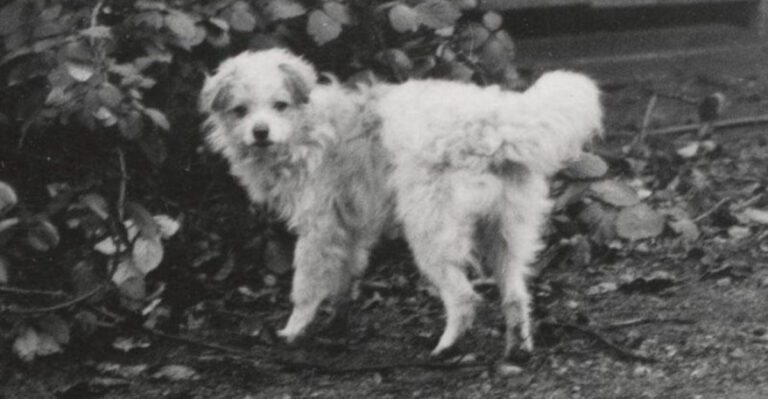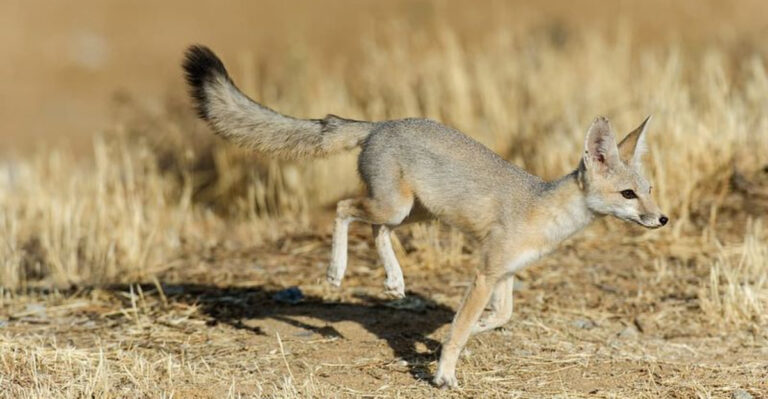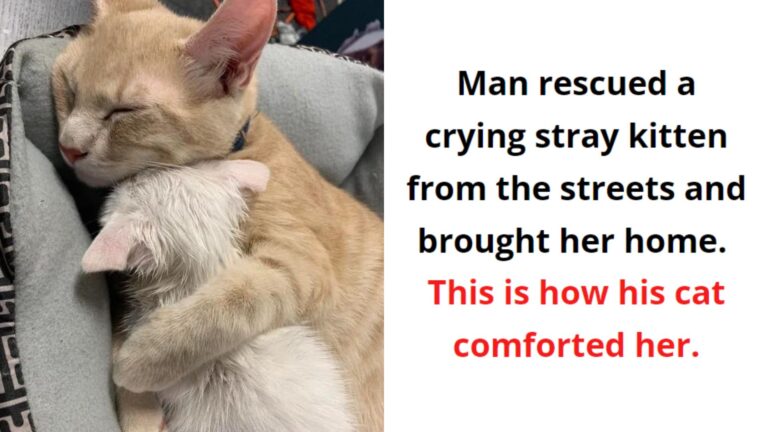14 Key Differences Between Shiba Inu And Akita
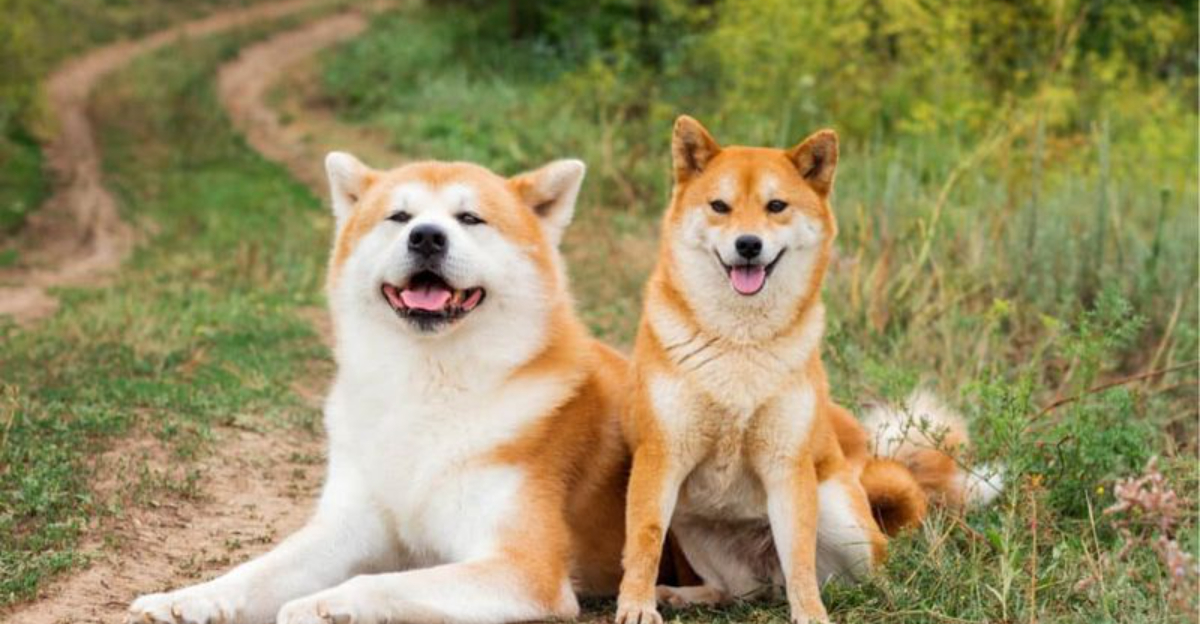
In the fascinating world of canines, the Shiba Inu and Akita stand out as two distinct yet often confused breeds.
Whether you’re seeking a loyal companion or a furry friend with a dash of independence, these breeds offer something unique. Let’s embark on an exploration of their key differences in a way that’s both engaging and enlightening.
1. Size Matters

When it comes to stature, Akitas are the giants while Shiba Inus remain the petite counterparts. Imagine a toddler hugging a gentle bear— that’s your Akita.
The Shiba, on the other hand, is more like a plush toy. Both are charming, but their size dictates different handling and living arrangements. Who suits your space better?
2. Coat Colors & Patterns
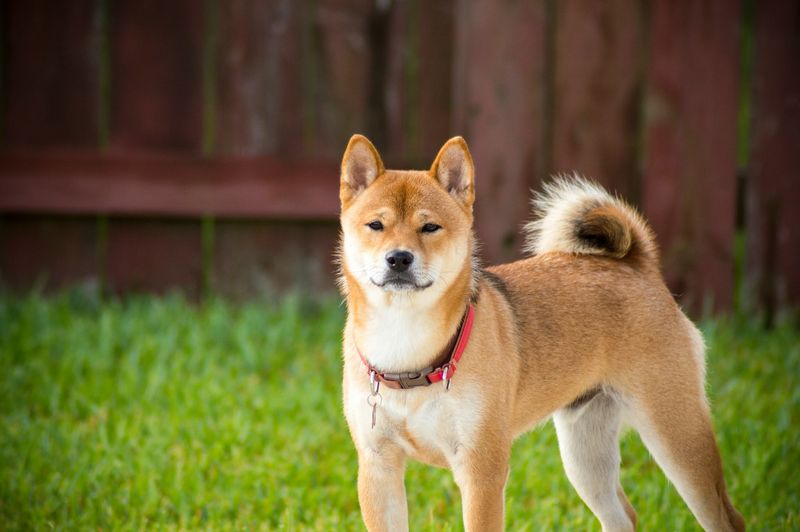
Picture a painter’s palette—Akitas sport a broad spectrum of colors, from white to brindle. Shibas, however, stick to red, sesame, and black & tan. Their coats not only differ in color but also in texture, with Akitas having a denser fur. Each coat tells a story of heritage and elegance. Which palette speaks to you?
3. Temperament Traits
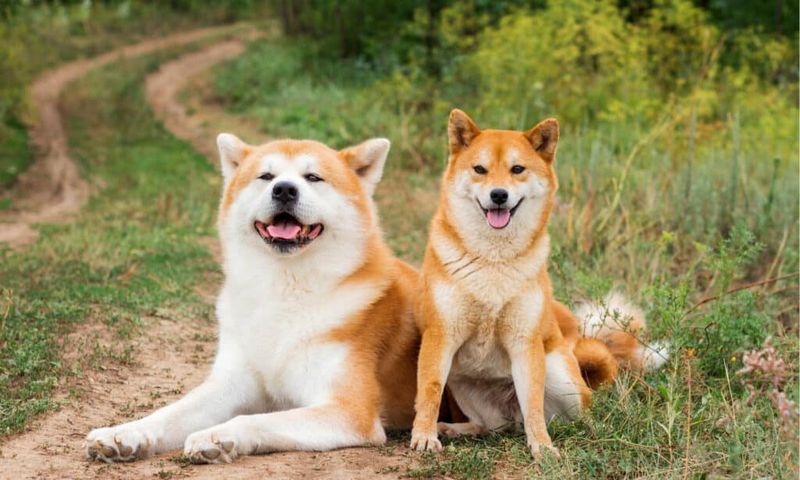
Shiba Inus are the cats of the dog world, often aloof but affectionate on their terms. Akitas, conversely, are loyal shadows, always eager to please their humans.
This difference in temperament can shape households, with Shibas seeking adventures alone and Akitas preferring to stay by your side. Which personality matches yours?
4. Historical Background
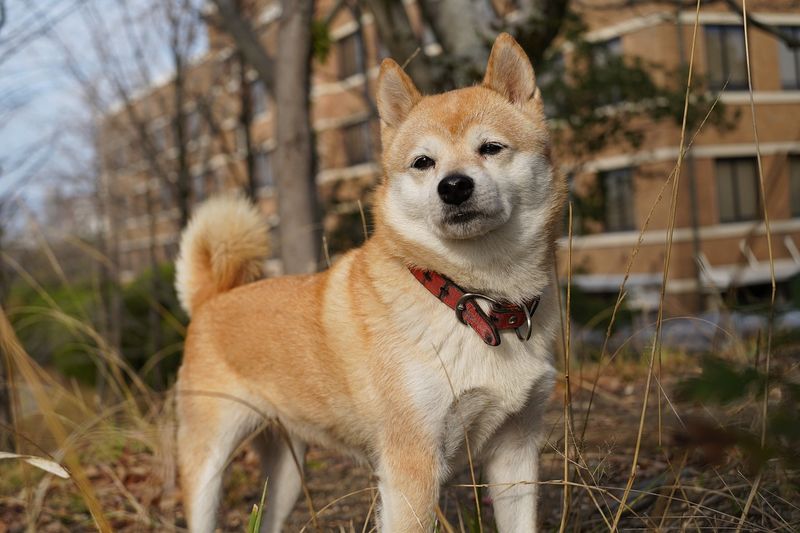
Once guardians of Japanese royalty, Akitas exude a majestic aura. Shibas, agile hunters, were the alarms of ancient villages.
Their history is deeply rooted in Japan’s culture, shaping their roles and behaviors today. Knowing where they come from helps understand their unique traits. Which legacy captivates you the most?
5. Living Environment Needs

Space is a luxury. Shiba Inus thrive in compact living situations thanks to their smaller size and moderate energy. Akitas, however, need ample room to roam and stretch their legs.
This makes them more suited to homes with spacious yards. Whether urban or rural, each breed’s living needs are key to their happiness.
6. Exercise Requirements
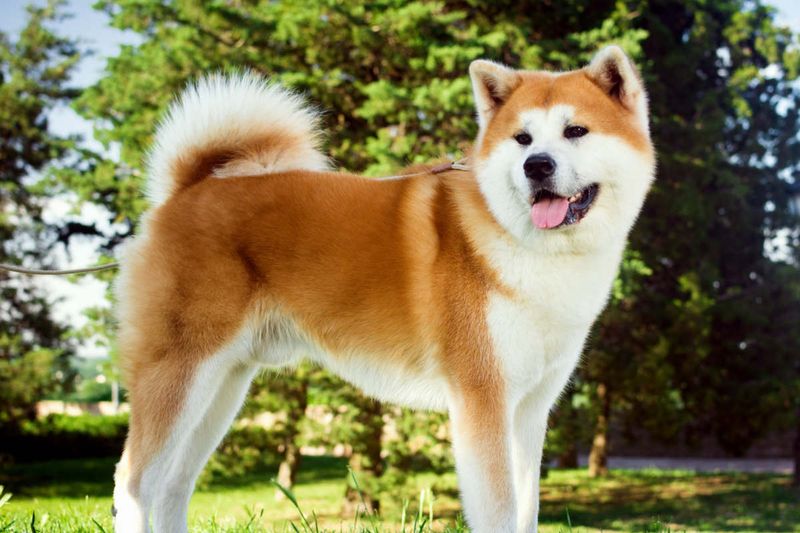
For Shibas, a daily walk satisfies their curious nature. Akitas, with boundless energy, demand more vigorous exercise—think hikes or extensive playtime.
Meeting these needs isn’t just about keeping them fit, but also ensuring mental stimulation. Their exercise routines could be your new fitness challenge! Which level fits your lifestyle?
7. Grooming Demands

Fur maintenance is where these breeds diverge sharply. Shibas, with their sleek coats, need regular but minimal grooming.
Akitas, the fluffier of the two, require a bit more effort to keep their coats pristine. Whether you’re a grooming enthusiast or prefer low-maintenance pets, these demands will influence your choice. Ready for the fluff challenge?
8. Socialization Patterns

Social butterflies they’re not! Shibas can be reserved, needing careful socialization from an early age. Akitas, although more amenable, require consistent social exposure to thrive in diverse environments.
Both breeds need guidance, but their social needs differ significantly. Are you ready to help them navigate furry friendships?
9. Trainability Factors
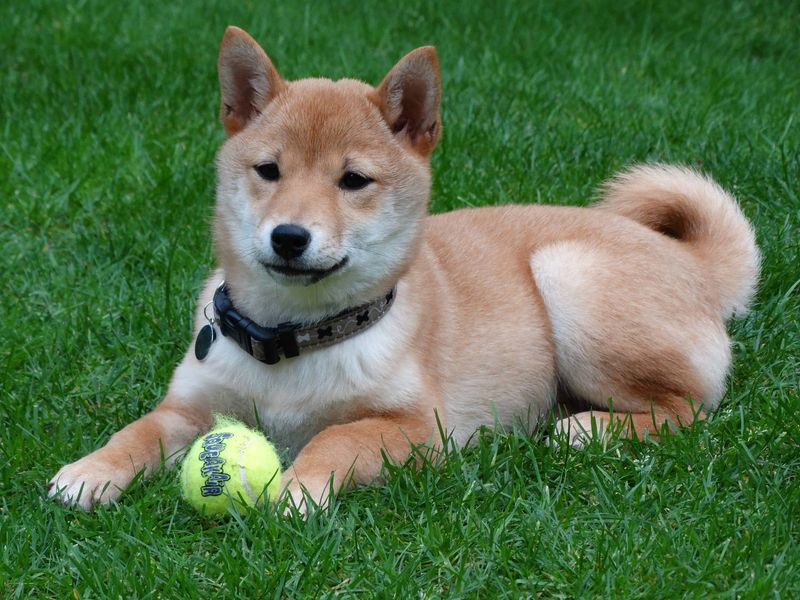
Training a Shiba is like negotiating with a toddler—they have their own mind! Akitas are more trainable due to their loyal disposition, yet their independence means training can still pose challenges.
Patience is key for both breeds. Whether you enjoy a training challenge or prefer a more straightforward approach, understanding these factors is crucial.
10. Lifespan Expectations
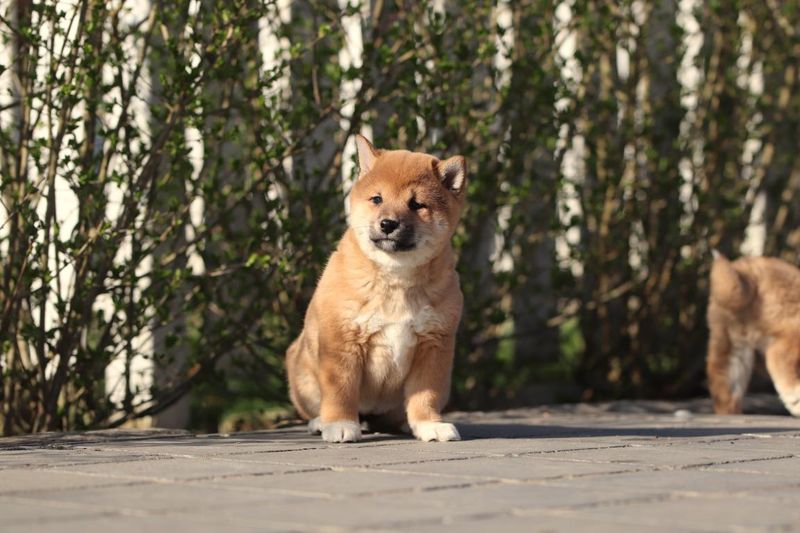
Longevity varies, with Shibas living longer than Akitas, enjoying more years of companionship. This difference impacts long-term commitments and care.
Knowing their lifespan helps prepare for the journey ahead, ensuring every moment counts. Which breed aligns with your vision of a lifetime together?
11. Health Concerns
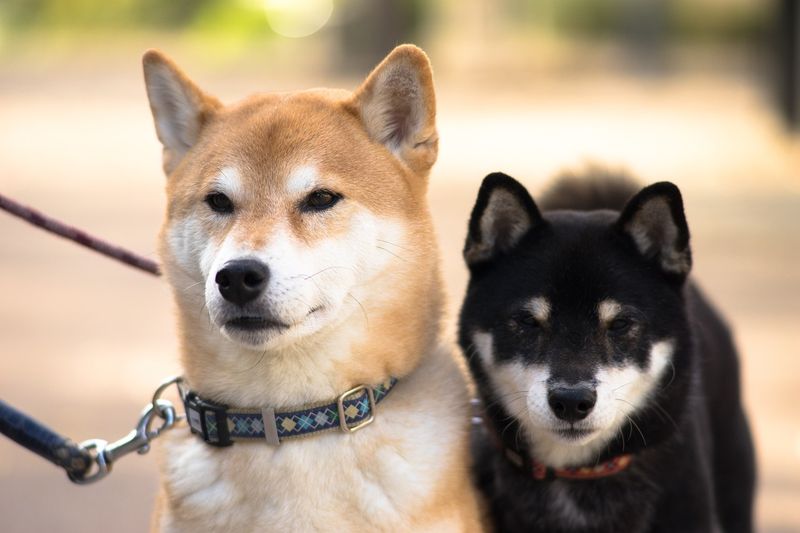
Every breed has its quirks—Shibas might face allergies, while Akitas are susceptible to hip dysplasia. Understanding these concerns helps in providing proactive care.
Regular vet visits and attention to dietary needs can mitigate health risks. Being informed means offering the best care possible. Ready to become their health advocate?
12. Dietary Preferences
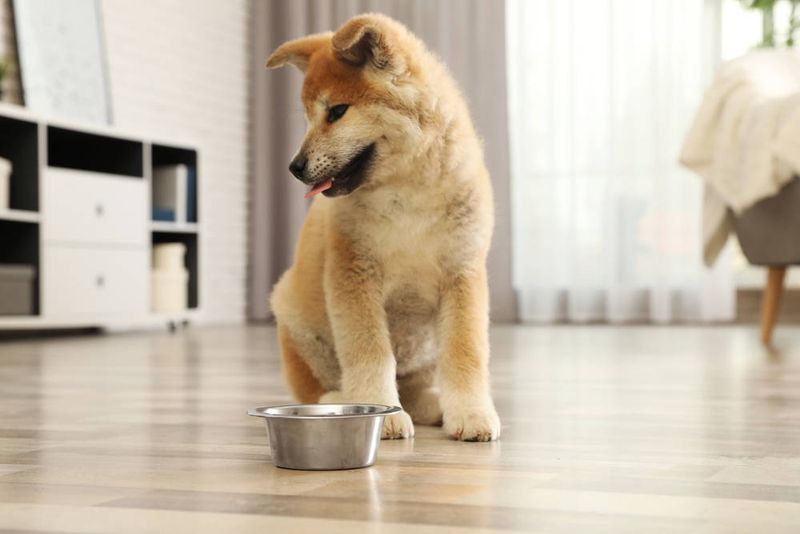
Akitas, with their robust build, need a diet rich in protein and healthy fats. Shibas, smaller and more agile, thrive on balanced meals that maintain their energy without excess weight. Tailoring their diet ensures they live healthy, energetic lives. Are you ready to cater to their culinary needs?
13. Unique Quirks
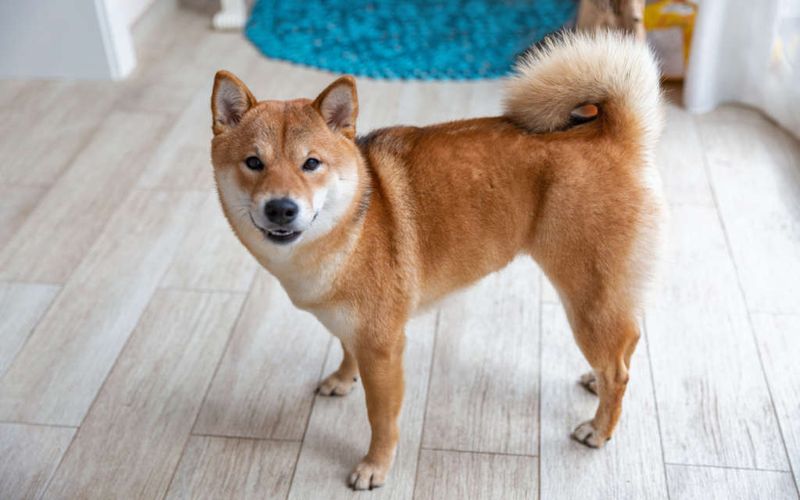
Every dog has a quirk—Shibas, with their fox-like yodels, make music in the morning. Akitas, known for their silent charm, communicate with glances and nudges. These unique traits add character to their personalities, making them more endearing. Ready to discover the quirks that make them special?
14. Popularity & Cultural Significance
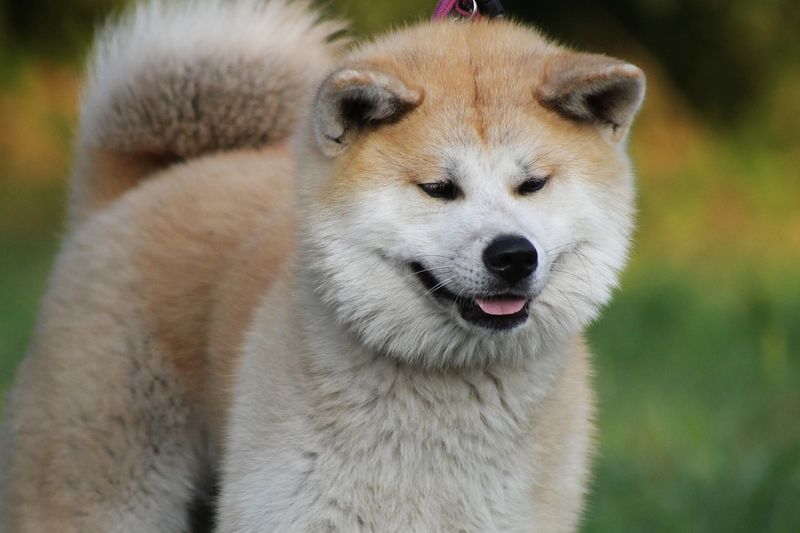
Shibas have taken internet fame by storm, their mischievous looks becoming memes. Akitas, with tales of loyalty like Hachiko, have earned cinematic fame. Their cultural significance reflects their traits and public perception. From internet stars to movie legends, which breed captures your imagination?



